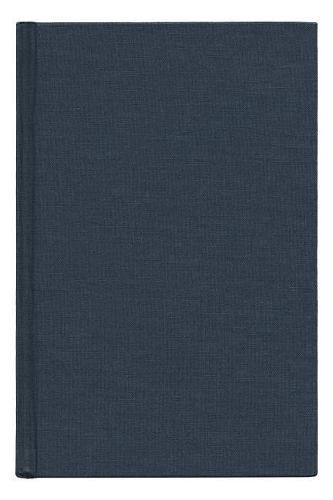Readings Newsletter
Become a Readings Member to make your shopping experience even easier.
Sign in or sign up for free!
You’re not far away from qualifying for FREE standard shipping within Australia
You’ve qualified for FREE standard shipping within Australia
The cart is loading…






This title is printed to order. This book may have been self-published. If so, we cannot guarantee the quality of the content. In the main most books will have gone through the editing process however some may not. We therefore suggest that you be aware of this before ordering this book. If in doubt check either the author or publisher’s details as we are unable to accept any returns unless they are faulty. Please contact us if you have any questions.
The Odyssey of China’s Imperial Art Treasures traces the three-thousand-year history of the emperor’s imperial collection, from the Bronze Age to the present. The tortuous story of these treasures involves a succession of dynasties, invasion and conquest, and civil war, resulting in valiant attempts to rescue and preserve the collection. Throughout history, different Chinese regimes used the imperial collection to bolster their own political legitimacy, domestically and internationally.
The narrative follows the gradual formation of the Peking Palace Museum in 1925, then its hasty fragmentation as large parts of the collection were moved perilously over long distances to escape wartime destruction, and finally its formal division into what are today two Palace Museums-one in Beijing, the other in Taipei.
Enlivened by the personalities of those who cared for the collection, this textured account of the imperial treasures highlights magnificent artworks and their arduous transit through politics, war, and diplomatic reconciliations. Over the years, control of the collections has been fiercely contested, from early dynasties through Mongol and Japanese invaders to Nationalist and Communist rivals- a saga that continues today.
This first book-length investigation of the imperial collections will be of great interest to China scholars, historians, and Chinese art specialists. Its tales of palace intrigue will fascinate a wide variety of readers.
$9.00 standard shipping within Australia
FREE standard shipping within Australia for orders over $100.00
Express & International shipping calculated at checkout
This title is printed to order. This book may have been self-published. If so, we cannot guarantee the quality of the content. In the main most books will have gone through the editing process however some may not. We therefore suggest that you be aware of this before ordering this book. If in doubt check either the author or publisher’s details as we are unable to accept any returns unless they are faulty. Please contact us if you have any questions.
The Odyssey of China’s Imperial Art Treasures traces the three-thousand-year history of the emperor’s imperial collection, from the Bronze Age to the present. The tortuous story of these treasures involves a succession of dynasties, invasion and conquest, and civil war, resulting in valiant attempts to rescue and preserve the collection. Throughout history, different Chinese regimes used the imperial collection to bolster their own political legitimacy, domestically and internationally.
The narrative follows the gradual formation of the Peking Palace Museum in 1925, then its hasty fragmentation as large parts of the collection were moved perilously over long distances to escape wartime destruction, and finally its formal division into what are today two Palace Museums-one in Beijing, the other in Taipei.
Enlivened by the personalities of those who cared for the collection, this textured account of the imperial treasures highlights magnificent artworks and their arduous transit through politics, war, and diplomatic reconciliations. Over the years, control of the collections has been fiercely contested, from early dynasties through Mongol and Japanese invaders to Nationalist and Communist rivals- a saga that continues today.
This first book-length investigation of the imperial collections will be of great interest to China scholars, historians, and Chinese art specialists. Its tales of palace intrigue will fascinate a wide variety of readers.